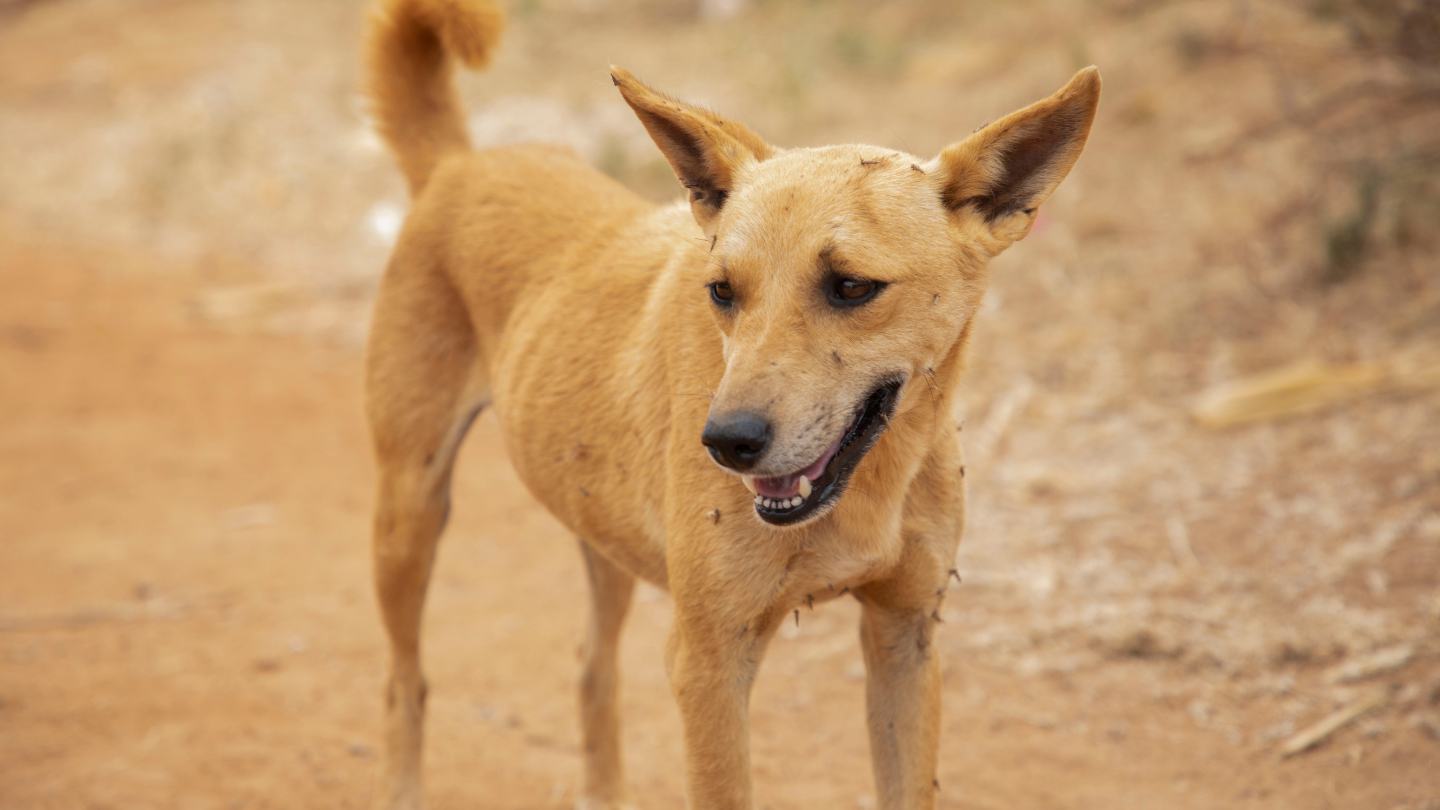STOP Rabies: moving towards elimination
Rabies still kills thousands of people every year. It is common in more than 150 countries, and 40 percent of victims are children in Asia and Africa1-3. However, rabies is 100 percent vaccine preventable. Controlling rabies and saving lives in at-risk communities, many of which are already marginalized and poor, is a global effort that requires strong collaborations, but we firmly believe that it can be done. Building on more than 30 years of experience in rabies prevention and management, we aim to be a strong contributor to “Zero by 30”, the global goal to eliminate rabies by the year 2030.

Sustainable change through vaccination, education, and monitoring
Our STOP Rabies program has been launched to reinforce our mission to improve the health of both animals and humans worldwide. We believe that, together with health authorities, governments, NGOs, and pet owners, we can achieve sustainable impact by focusing on three pillars: vaccination, education, and rabies monitoring.
To date, through our partnership with the Global Alliance for Rabies Control (GARC), we are vaccinating thousands of dogs across Indonesia, Kenya, Malaysia, Philippines, South Africa, Thailand, and Vietnam. Our target in 2023 is to reach more than 80,000 children around the world with education about rabies, dog bite prevention, and how to live harmoniously alongside dogs, with initiatives already underway.
Vietnam: on track to eliminate human rabies cases by 2025
Together with Nong Lam University, we additionally conducted a rabies and dog bite education program for school children. We’re monitoring our progress using GARC surveillance tools.
Philippines and Malaysia: teaching children about pets and bite prevention
Because many victims of rabies are children, it is especially important to teach them about pet care, dog bite prevention, and what do after a dog bite. In the Puerto Galera community, Philippines, and the Kota Samarahan District in Malaysia, educating school children was therefore a special focus. This complemented our joint dog vaccination campaigns and subsequent monitoring using GARC surveillance tools.
By 2025, we and our partners plan to get the Puerto Galera community declared rabies-free. Because stray dog populations can be problematic and increase the risk of rabies exposure, we flanked Puerta Galera’s vaccination campaign with a sterilization campaign.
Kenya: providing rabies protection for 30,000 dogs
In Kenya, we donated 30,000 doses of rabies vaccine for use in the Vétérinaires Sans Frontières (VSF)–Germany vaccination campaigns in 2023. We further supported the Mara North Conservancy Dog Project by employing a veterinarian and veterinary technician to provide rabies and dog bite education to local school children. In Machakos and Narok counties, we employed GARC surveillance tools to record dog vaccinations and sterilizations, dog bite cases, rabies cases, and rabies education trainings.

South Africa and Ghana: empowering local communities
In Port Elizabeth, South Africa, we supported a rabies vaccination campaign sponsored by the South African Veterinary Association Community Veterinary Clinics that led to more than 30,000 dogs being vaccinated. In another region, we sponsored Khula Outreach’s efforts to train veterinary students on conducting rabies vaccination and animal sterilization campaigns. We further trained these students to use GARC surveillance tools to empower them to take rabies control into their own hands.
In Ghana, we launched a rabies prevention education campaign in 200 schools in the Ashanti and Greater Accra regions. Our partners were the Johns Hopkins University and Ghana Education Service.
Contributing towards a global effort
These are key initiatives we are driving through our STOP Rabies program, and there are more programs we are involved in and lead around the world. Sustained, collaborative efforts can make incredible and meaningful advances towards eliminating rabies, and we at Boehringer Ingelheim want to do our part.
References
1World Health Organization (WHO). Rabies Fact Sheet. Available at: https://www.who.int/news-room/fact-sheets/detail/rabies. Last accessed: July 2023.
2World Health Organization (WHO), Food and Agriculture Organization of the United Nations (FAO) and World Organization for Animal Health (OIE). Zero by 30: the global strategic plan to end human deaths from dog-mediated rabies by 2030. Available at: https://www.who.int/publications/i/item/9789241513838. Last accessed: July 2023.
3Centers for Disease control and Prevention. Rabies around the World. Available at: https://www.cdc.gov/rabies/location/world/index.html. Last accessed: July 2023.
Links

Imagine: our sustainability story hub

Explore more Stop Rabies stories
Related Content





